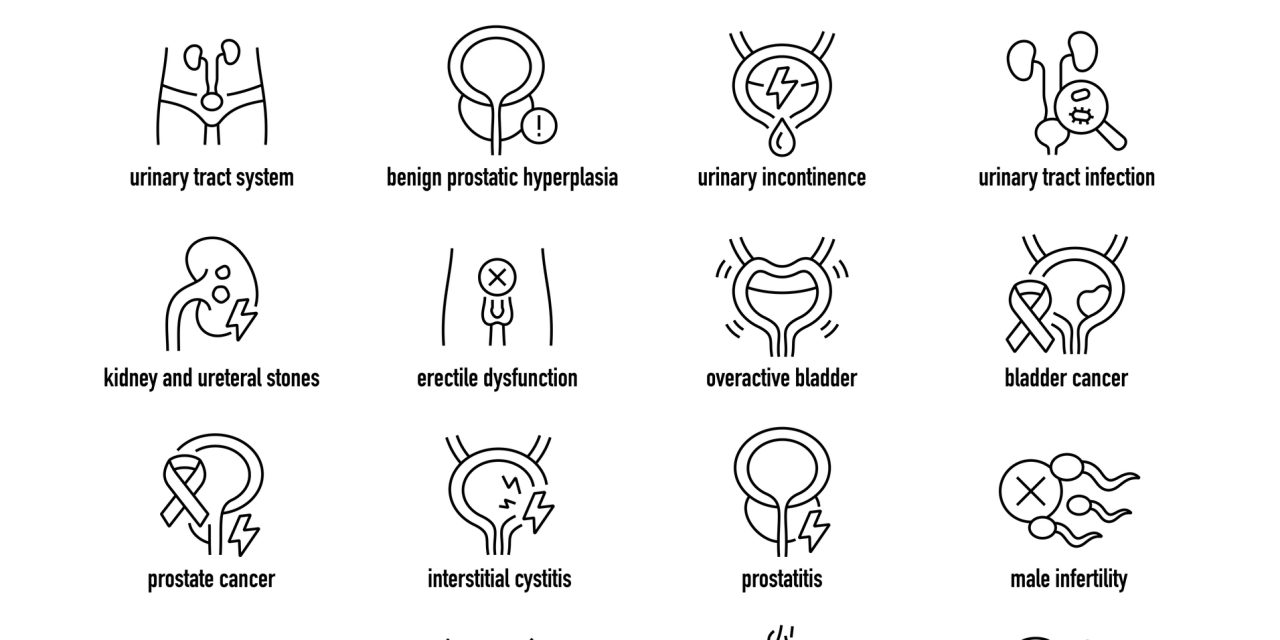Urosymphyseal fistula (UF) with osteomyelitis most commonly occurs as a result of prostate cancer and benign prostate hyperplasia (BPH) therapy. UF presentation typically includes debilitating pelvic pain exacerbated with ambulation. Traditional management required open surgical genitourinary (GU) reconstruction with pubectomy leading to significant morbidity. However, progressive utilization of robotic approaches and advances in holmium laser technology has led to a less invasive alternative. Herein, we present our series of robotic-assisted holmium laser debridement of pubic osteomyelitis in the setting of UF.
After physical exam, all patients presenting with concerns for GU fistula and osteomyelitis are evaluated with BMP, CBC, serum albumin, urine culture, and cystoscopy. Patients often present with previously obtained CT abdomen/pelvis. However, all patients presenting with concerns of pubic osteomyelitis should undergo a MRI of the pelvis to characterize the pubis. Specific indications for holmium laser debridement of the pubic bone include: 1) history of sacral insufficiency fractures which eliminate management with partial pubectomy due to risk of pelvic ring instability and 2) mild osteomyelitis which can be managed with debridement. The patient is placed in dorsal lithotomy position. After the robot is docked, the space of retzius is developed and the fistula is resected down to the pubic bone. The symphysis is debrided using the Cobra grasper followed by holmium laser debridement at 2J and 50Hz settings. Appropriate GU reconstruction versus urinary diversion is then performed per clinical judgement. Antibiotic beads are then placed in the symphyseal defect. If available, an interposition flap may be advanced between the urethra/bladder and symphysis.
In our series of four patients, all patients underwent successful robotic pubic symphyseal debridement and were discharged without experiencing a major complication. At follow up (7-16 mo) there have been no fistula recurrence or recurrent episodes of osteomyelitis.
Robotic assisted pubic symphyseal debridement with a holmium laser is feasible, safe, and efficacious in this small series with short follow up. This approach represents a minimally invasive alternative to open pubectomy while minimizing incisions and overall morbidity. Additional long-term data is necessary before wide spread adoption of this approach.
Copyright © 2021. Published by Elsevier Inc.
Robotic Puboprostatic Fistula Repair with Holmium Laser Pubic Debridement.


